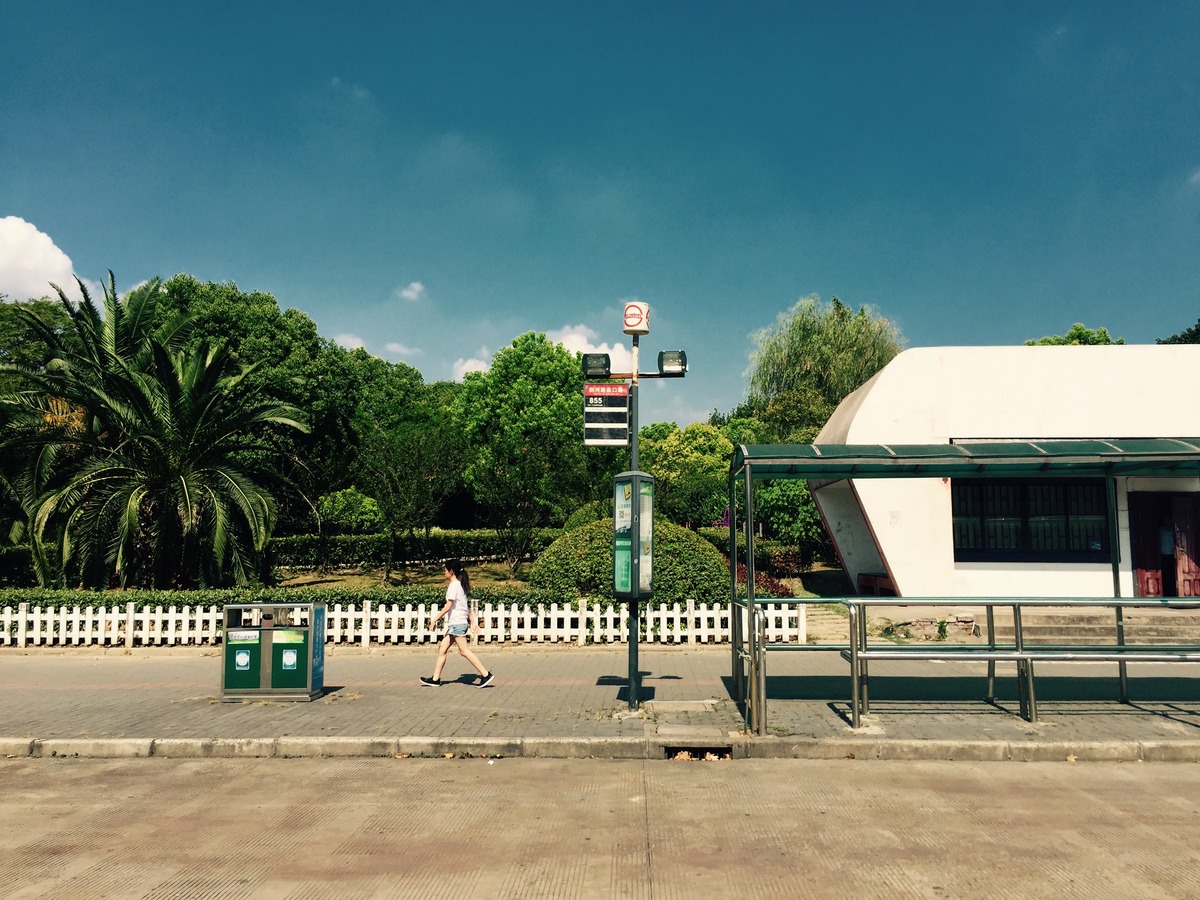Smart cities are slowly but surely employing smart road signs to accommodate the public’s need for more efficient transport. Smart signs are a great contributor to a city’s or an individual’s productivity levels, and it’s important for local travellers and tourists alike to have accessible public transport signage. Let’s look into how non-digital bus signs can hold your city back, and how digital signs can bring you into the future.
NON-DIGITAL BUS SIGNS CAN ONLY DELIVER FIXED INFORMATION
Non-digital bus signs use traditional methods, like destination indicators, bus stop signs, and safety signs. The problem with this is that it can only display one piece of information at a time. Getting around this issue isn’t easy – it’s not ideal to mount multiple signs with varying information. This approach is inefficient, unlike digital signs, which can rotate multiple information on display. Digital signs can display several messages at a time and can rotate between them to give passengers as much information as possible, without getting confusing. This allows passengers and commuters to acquire the information they need, in the least possible amount of time.
NON-DIGITAL BUS SIGNS’ READABILITY IS DEPENDANT ON DAYLIGHT
It’s harder to rely on the legibility of non-digital signs when commuters may need to find information in the dark. Buses don’t always stop running at night, and signs can be challenging to read at night time. This can confuse passengers and drivers alike, especially if they’re not so familiar with the route. On the other hand, digital signs – especially e-stops – boast clear visibility and automatic backlights to show the information clearly, no matter the time of day or weather. E-stop signs are protected with toughened glass to protect them from hail, stray stones, and rain. They have four layers of screen protection film to keep easier wayfinding possible.
NON-DIGITAL BUS SIGNS DON’T HAVE THE ABILITY TO INCORPORATE NEW TECHNOLOGY
Evidently, non-digital bus signs don’t have the ability to incorporate new technology. Digital signs are much more suitable for upgrades, meaning as new advancements arrive, your infrastructure can stay up to date. These advancements might include things such as voice playback systems, which can read bus information aloud for the visually impaired. GPS can also be integrated with digital signs to display specific content depending on a commuter’s location.
NON-DIGITAL SIGNS CAN’T DELIVER REAL-TIME INFORMATION
Non-digital signs allow for customizable information to be delivered to a particular stop, or to the city as a whole. It takes a lot more effort from city councils to print paper messages and manually stick them to poles or inside bus shelters. Even then, these signs are exposed to weather and vandalism. Digital signs can deliver relevant real-time data to inform commuters at will. This helps them better plan their journey because data is much easier to dispense, optimizing the whole travel experience.
KEEP YOUR CITY MOVING FORWARD
There’s no better time than now to employ digital signage solutions. Radiola provides e-paper road signage and public transport signage to keep your city’s transport systems running smoothly. The E-Stop smart signs are the ideal technology to employ in order to alleviate high-traffic bus or train stops. It provides real-time information on transport schedules, announcements, and service information. Furthermore, our E-stop smart signs have waterproof displays allowing excellent outdoor readability and tampering detection. Contact us to know more about how you can use digital signs to your advantage and keep your city moving forward.

